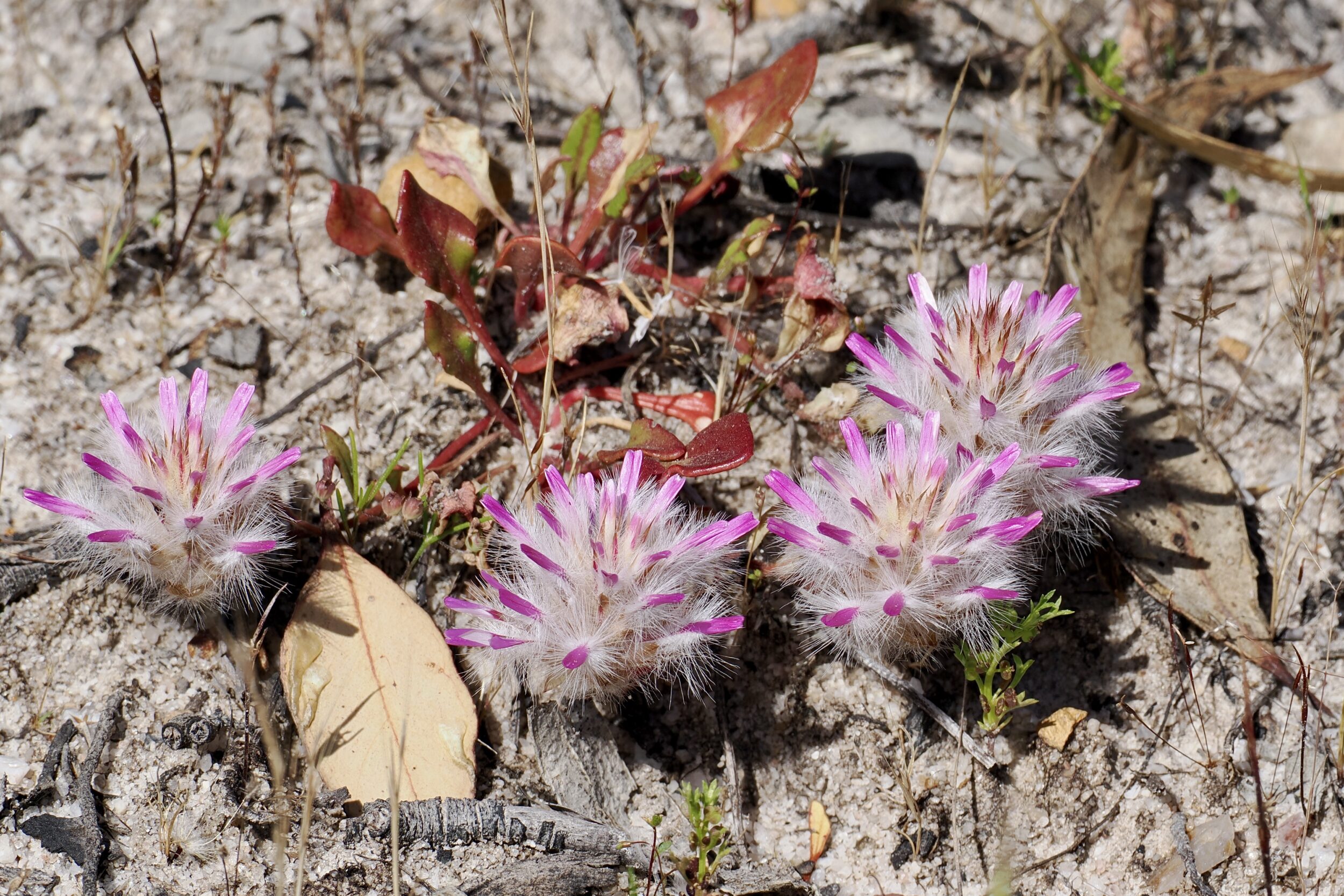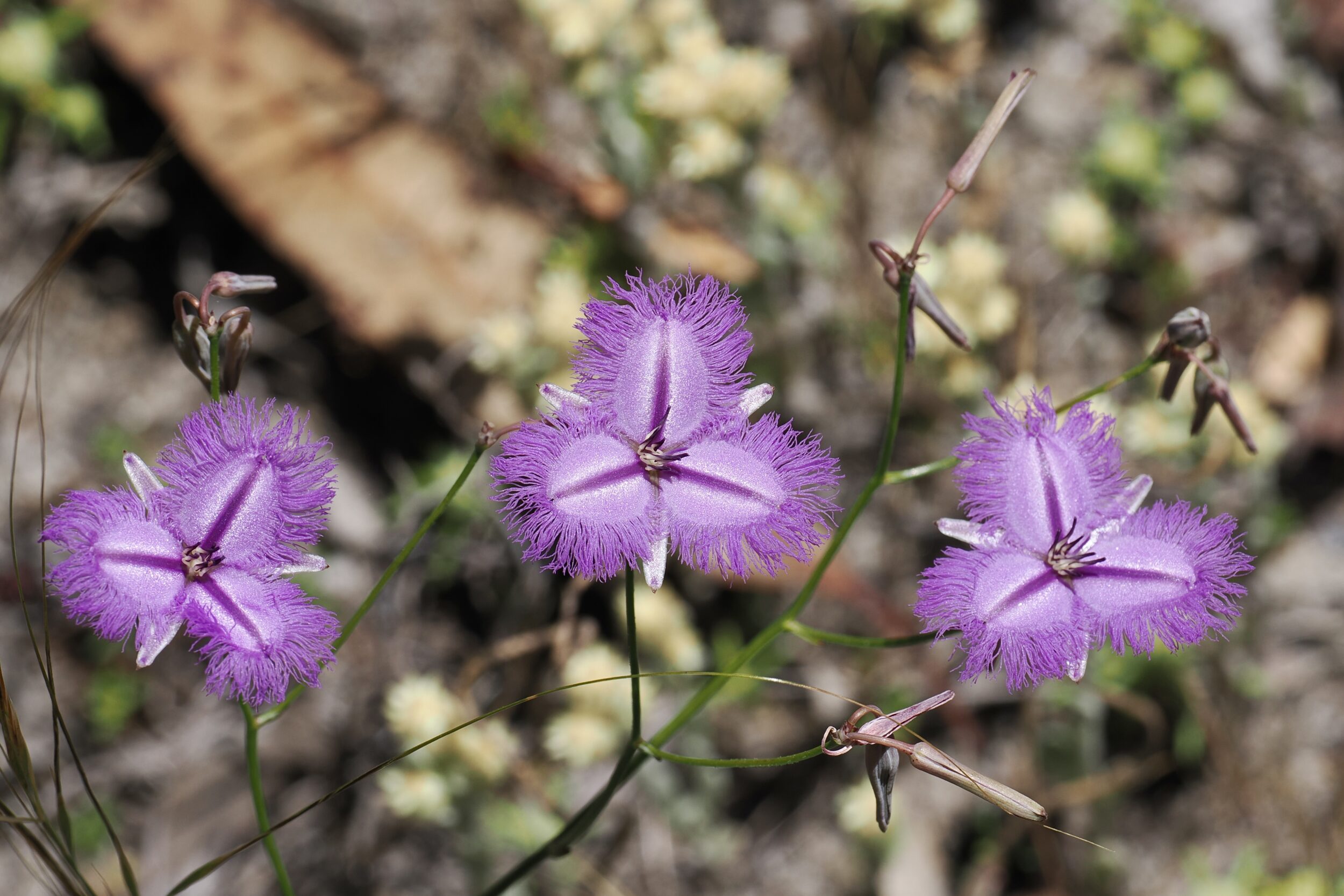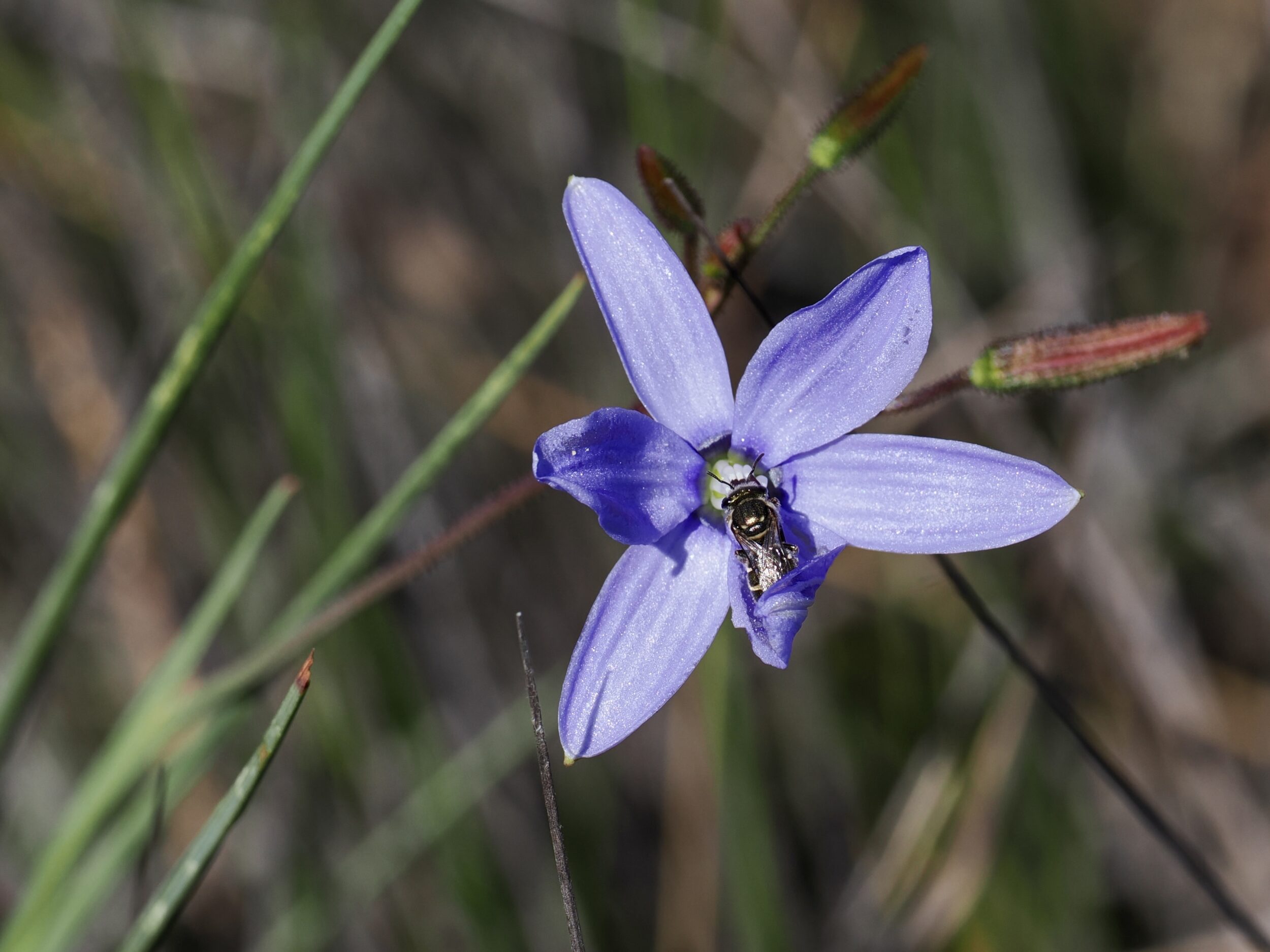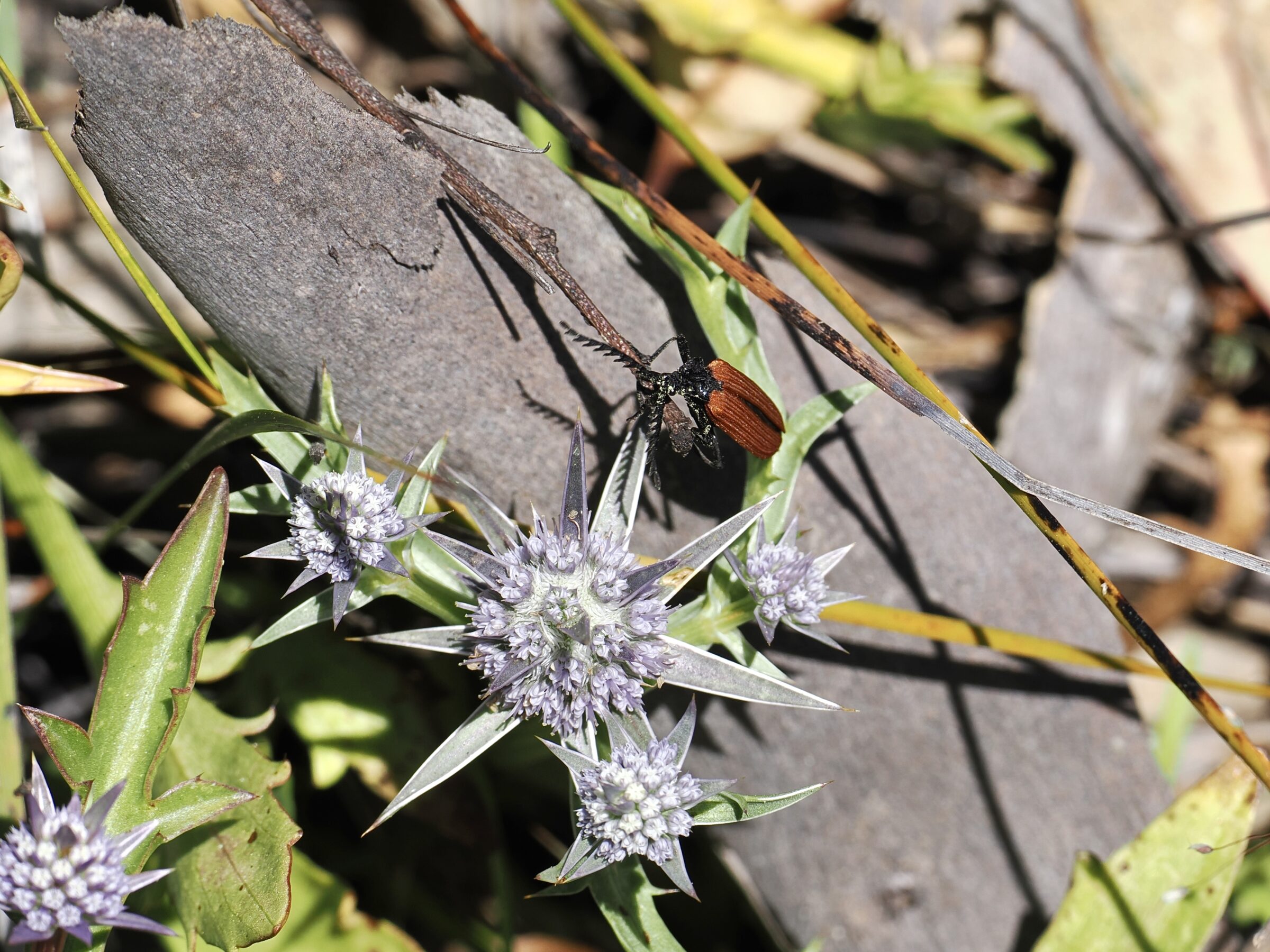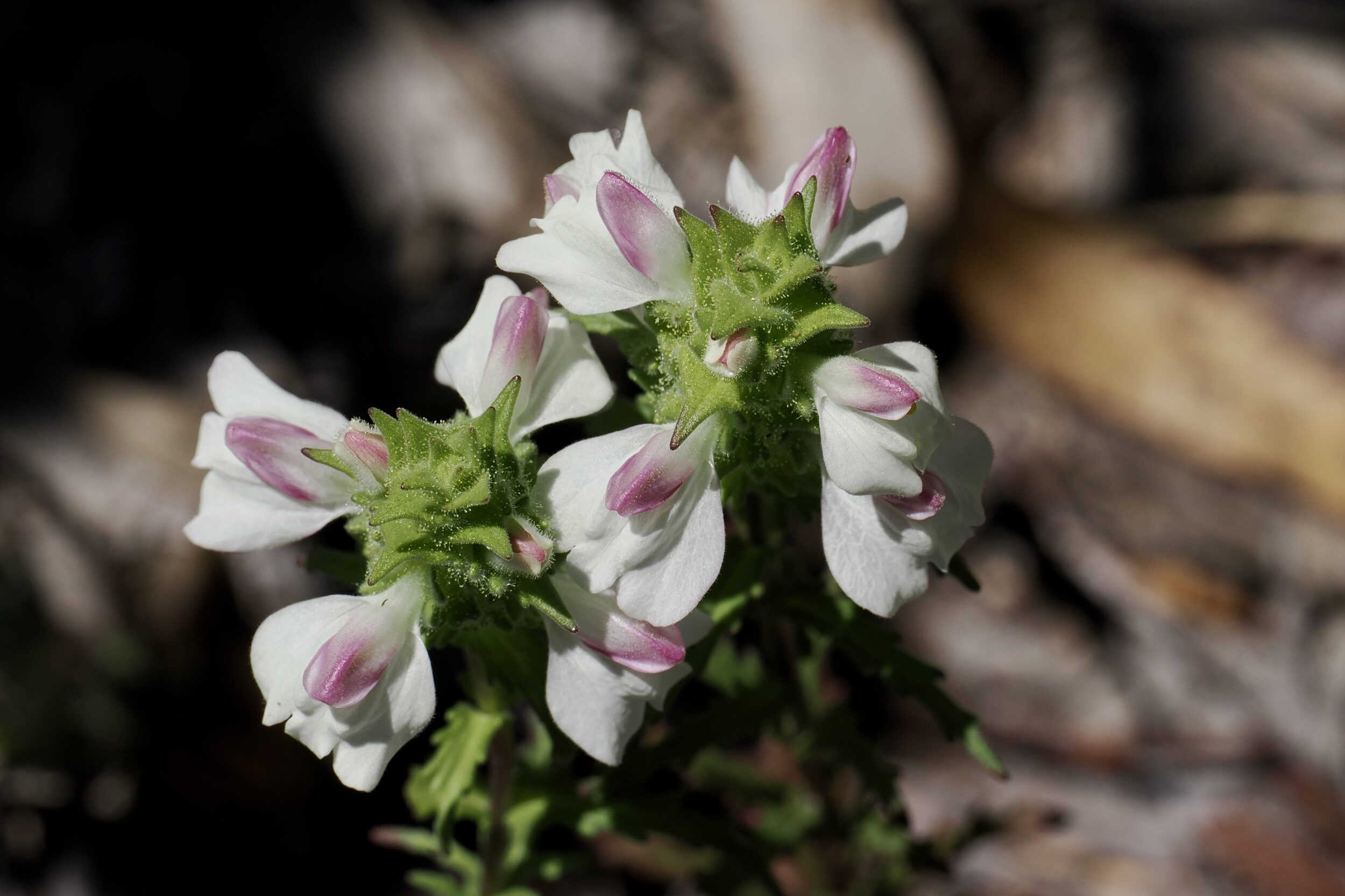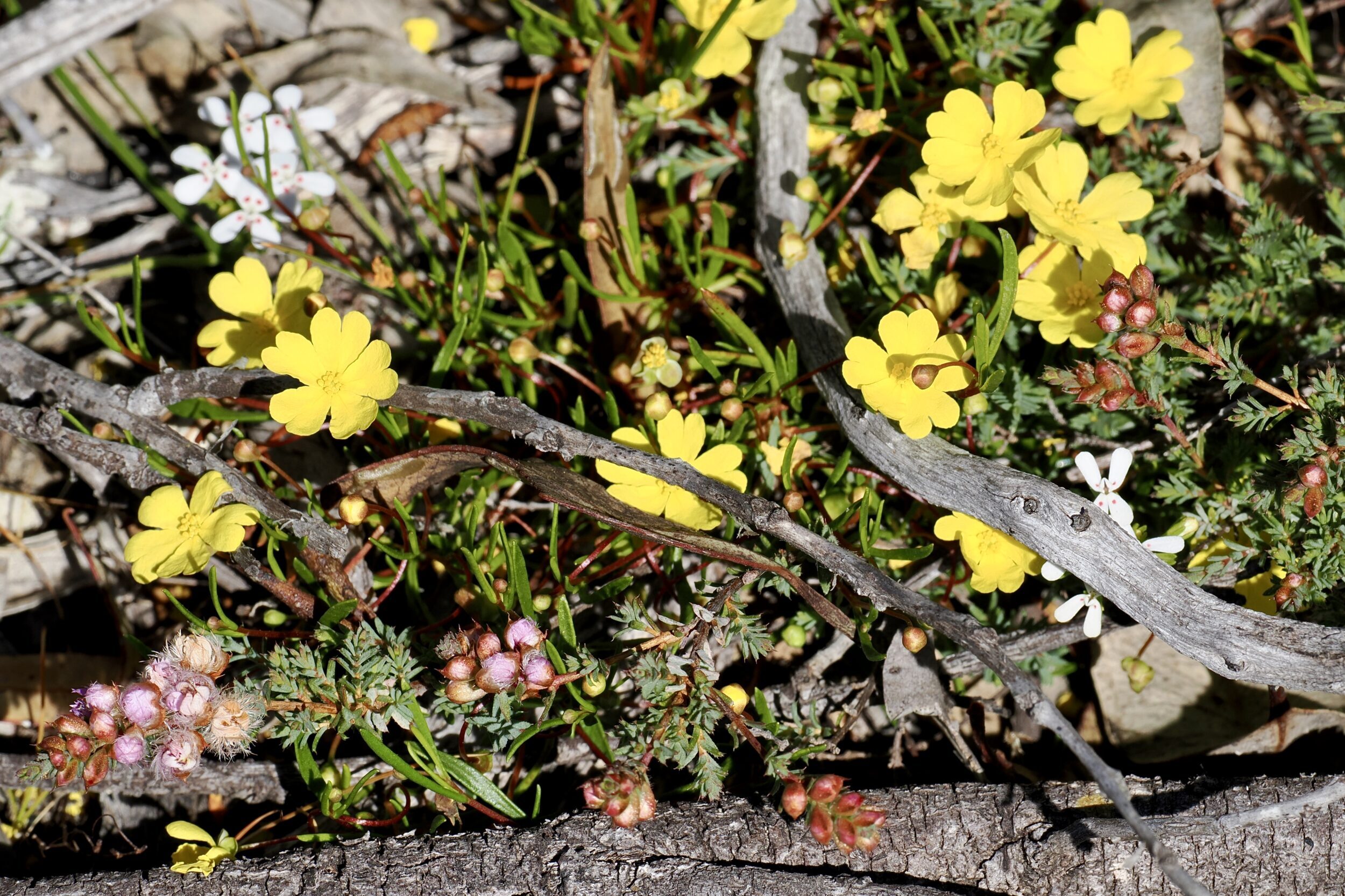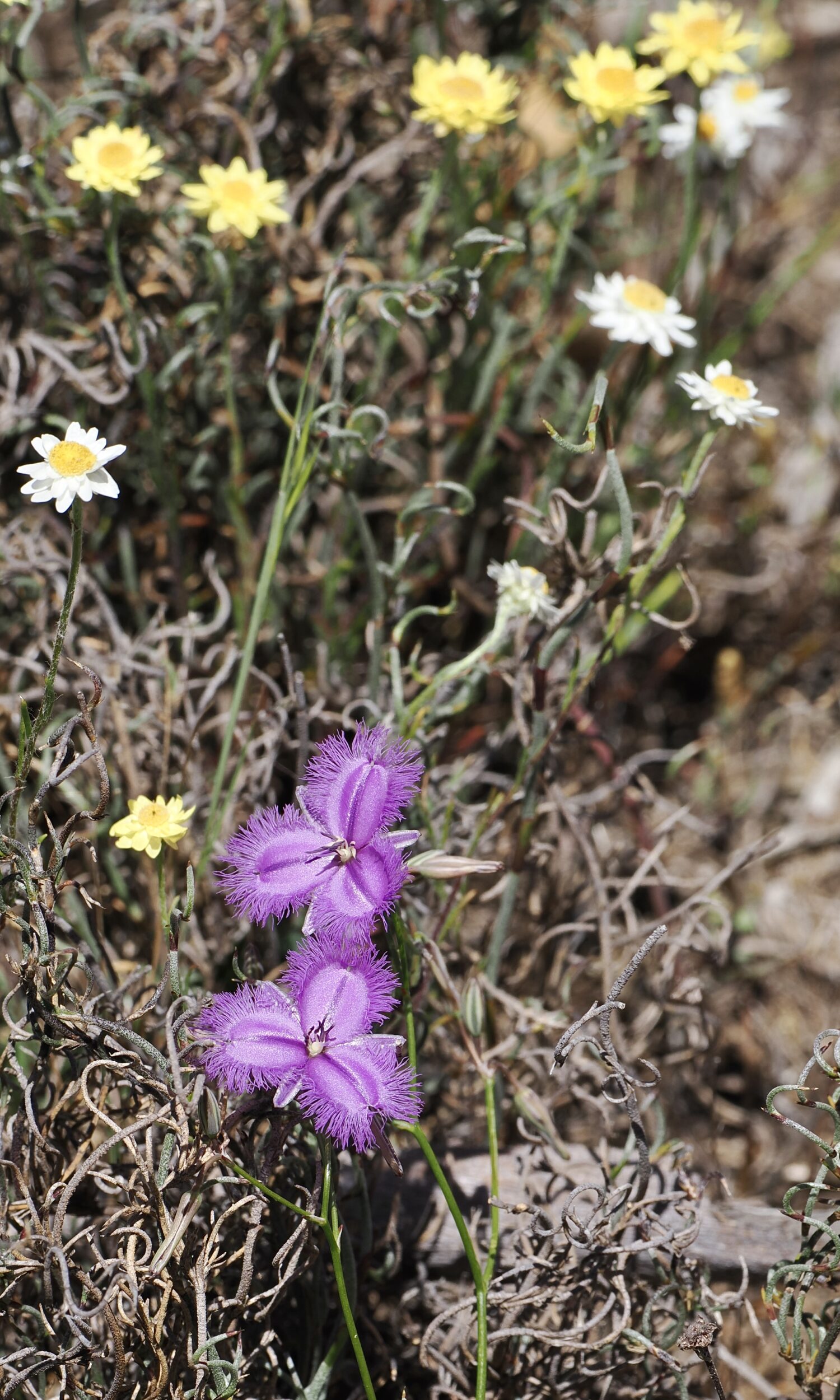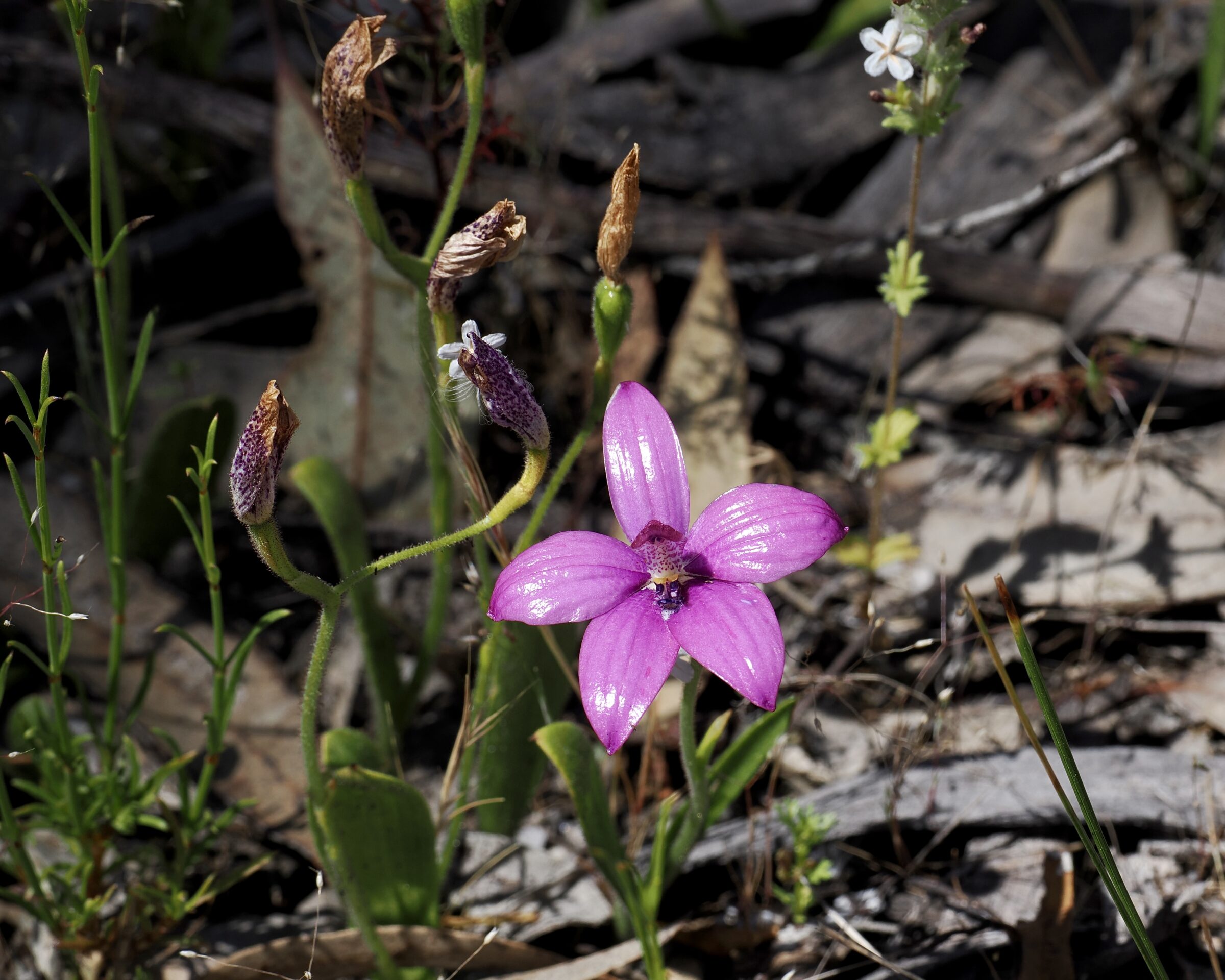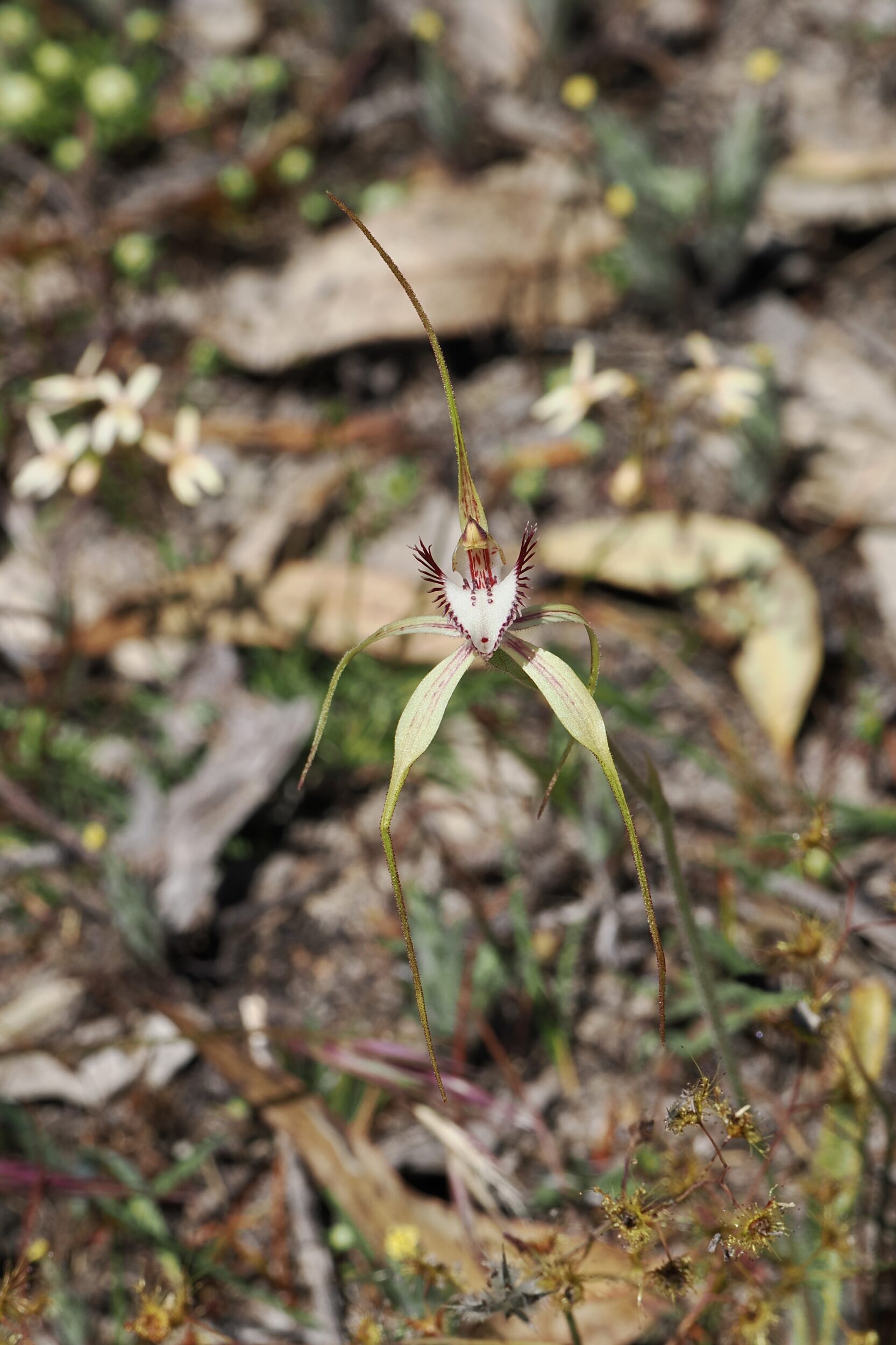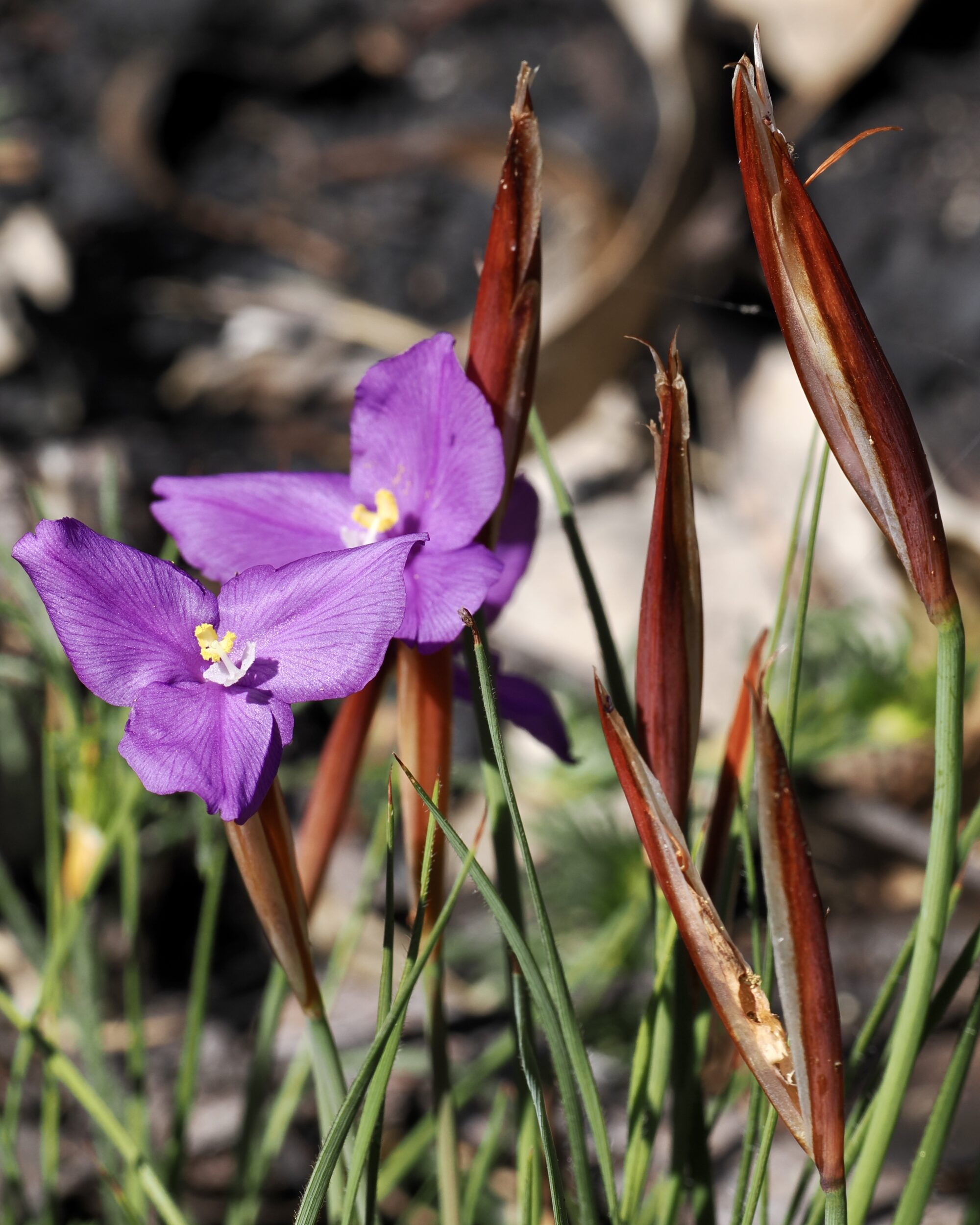If you browse the internet, looking for “mulla mulla”, you soon realise that many Australians mistakenly think that Ptilotus exaltatus is the only such species.
Ptilotus exaltatus – commonly known as “pink mulla mulla” – is likely the best-known; it is notably tall/large, and has probably the widest range, naturally occurring in “poor” soil in not-very-wet places, across much of the Australian continent.
It is, however, far from the only kind of mulla mulla.
Ptilotus exaltatus is not even the only kind of pink mulla mulla.
This post’s pink-tipped hero – Ptilotus manglesii – is more petite, and its blooms are usually ground-huggers.
Arguably, Ptilotus manglesii is even more beautiful than its “exalted” cousin.
Its natural range is within WA’s southwest, only.
Comments closed